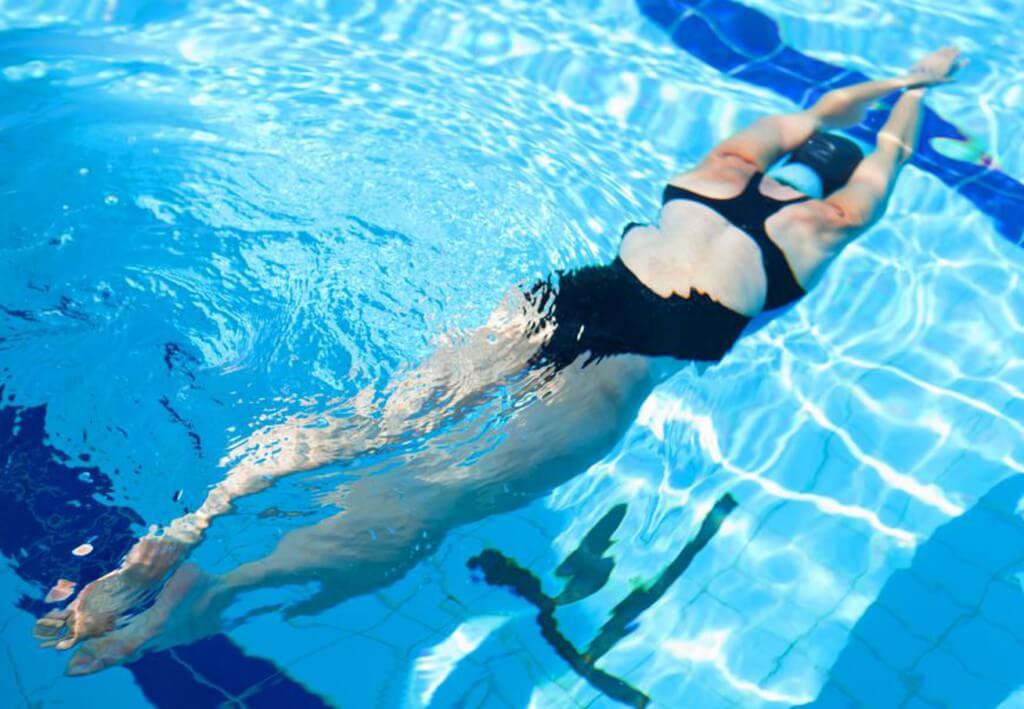USA Swimming, American Red Cross, YMCA Create Term “Hypoxic Blackout”

The practices of hyperventilation preceding underwater swimming and extended breath-holding in the water are dangerous and potentially deadly activities. These actions can put the body in a state of hypoxia—a condition in which the body is deprived of adequate oxygen supply.
It is our goal to educate the public about the risks of hypoxia in the water and help ensure that those we teach do not engage in behavior that could result in loss of consciousness and death. Our educational programs reinforce the proper methods to breathe before entering and while in the water.
Some refer to the aftereffects of improper breathing as “shallow water blackout.” The use of this language in these cases is misleading since water depth is not a factor in the body’s response to hyperventilation and extended breath-holding.
In an effort to be more clear and accurate, the American Red Cross, YMCA of the USA (Y-USA) and USA Swimming do not use nor endorse the term shallow water blackout. In our training programs and public education, our organizations use terminology that describes the dangerous behaviors that should be prevented—voluntary hyperventilation preceding underwater swimming and extended breath-holding. For simplicity, we refer to this condition as hypoxic blackout.
Shallow water blackout is the medical condition that can result in unconsciousness in water that is typically less than 15 feet (5 meters) deep either from diving equipment failure or as a breath-hold diver returns to the surface. There are specific precautions and prevention strategies for this condition.
Lifeguards, swim instructors and coaches are trained to be alert to prevent swimmers attempting to hyperventilate and engage in extended breath-holding activities and to educate patrons of the dangers of these actions. Lifeguards are taught to respond quickly to any individual who is motionless in the water for any reason, including loss of consciousness. Swim instructors are also taught to limit participants to a single inhalation whenever they ask participants to hold their breath and submerge, and to set safety limits whenever setting up activities that involve underwater swimming. Coaches impart the proper techniques to their swimmers in the team environment, promoting optimal performance within safety guidelines.
Being confident and comfortable underwater is an essential aquatic skill. Being educated about safe breathing practices is important to exercising good judgment for safe skill practice and supervision of underwater aquatic activities.
The above article is a press release submitted to Swimming World.



